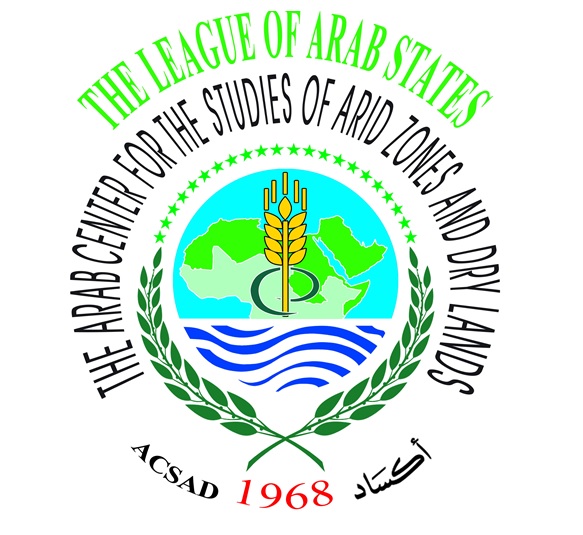Arab Journal of Arid Environments المجلة العربية للبيئات الجافة

Abstract
Grapevine powdery mildew caused by Erysiphe necator Schwein. is one of the most important fungal diseases of the grapevine all over the world. Due to the lack of local studies about the source of primary inoculum at the beginning of the season and the progression of the disease during the season, the aims of this study were to evaluate the incidence of grapevine powdery mildew and its biology on four local varieties cultivated in Sweida province (Syria) during 2015 and 2016. The results showed that E. necator survived as mycelium in grapevine dormant buds during winter to form "flag shoots" at the beginning of the season. Although, cleistothecia were formed on infected leaves, but the ascospores may not have a significant role in the initiation of spring infection.The results showed also that the severity of the disease depended on the primary inoculum sources, the environmental conditions particularly frost, temperature, relative humidity, and the variety susceptibility. It was shown that Balady and Black varieties were highly susceptible to powdery mildew on the leaves and clusters. Salty variety was little susceptible, where symptoms have been observed on clusters holder only, while no symptoms were observed on Halwani variety, which seems to be the most resistant variety.
يعد مرض البياض الدقيقي على الكرمة المتسبب عن الفطر Erysiphe necator Schwein واحداً من أهم الأمراض الفطرية التي تصيب الكرمة في كل أنحاء العالم، ونظراً لعدم وجود دراسات محلية حول مصدر اللقاح الأولي في بداية الموسم وتطور المرض خلال الموسم، فقد كان الهدف من الدراسة متابعة تطور مرض البياض الدقيقي عل أربعة أصناف محلية مزروعة في بعض بساتين الكرمة في محافظة السويداء جنوبي سورية، وذلك خلال عامي 2015 و2016.
أظهرت النتائج أن الفطر E. necator يمضي فصل الشتاء على شكل مشيجة في البراعم الساكنة على طرود مصابة من العام السابق، والتي تشكل في بداية الموسم ما يدعى بطرود العلم " Flag shoots ". وعلى الرغم من تشكل الثمار الزقية على الأوراق المصابة، إلا أنها لم تسهم في حدوث الإصابة في بدية الموسم، كما أظهرت النتائج أن شدة الإصابة ترتبط بمصدر اللقاح الأولي(مشيجة ساكنة في البراعم المصابة أو أبواغ كونيدية محمولة بالتيارات الهوائية)، والظروف البيئية من صقيع ودرجة حرارة ورطوبة جوية، وطبيعة الصنف، إذ تبين أن الصنفين بلدي وأسود كانا شديدي القابلية للإصابة بالبياض الدقيقي على الأوراق والعناقيد، بينما الصنف سلطي قليل القابلية، إذ لوحظت الأعراض على حامل العناقيد فقط، في حين لم تلحظ أية إصابة على الصنف حلواني الذي يبدو مقاوماً لإصابة بالمرض.
Recommended Citation
Azmeh, Fawaz; Naffaa, Walid; and Alimad, Nujoud
(2022)
"A Biological Study of Grapevine Powdery Mildew Caused by Erysiphe necator Schwein in Sweida Province, Southern Syria, دراسة بيولوجية للفطر Erysiphe necator Schwein المسبب لمرض البياض الدقيقي على الكرمة في محافظة السويداء جنوبي سورية,"
Arab Journal of Arid Environments المجلة العربية للبيئات الجافة: Vol. 13:
No.
1, Article 4.
Available at:
https://digitalcommons.aaru.edu.jo/aae/vol13/iss1/4

